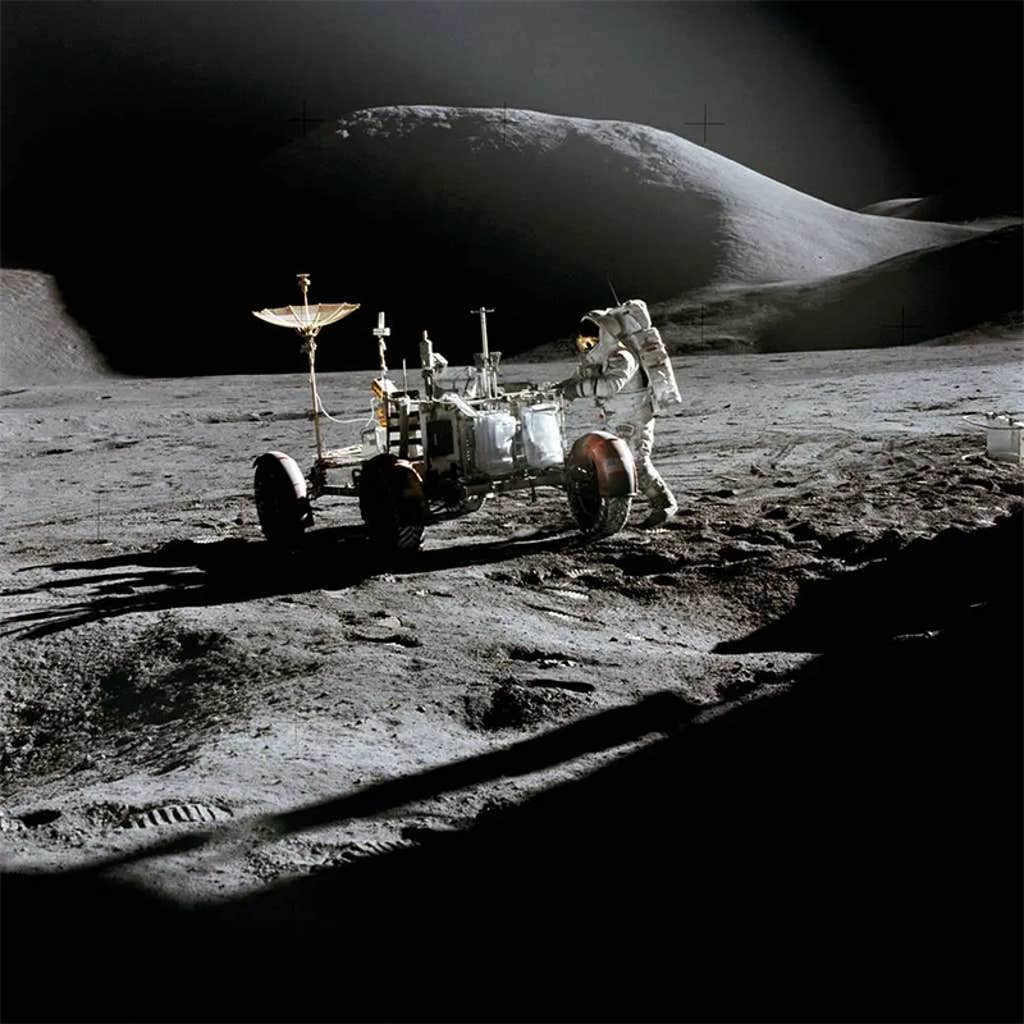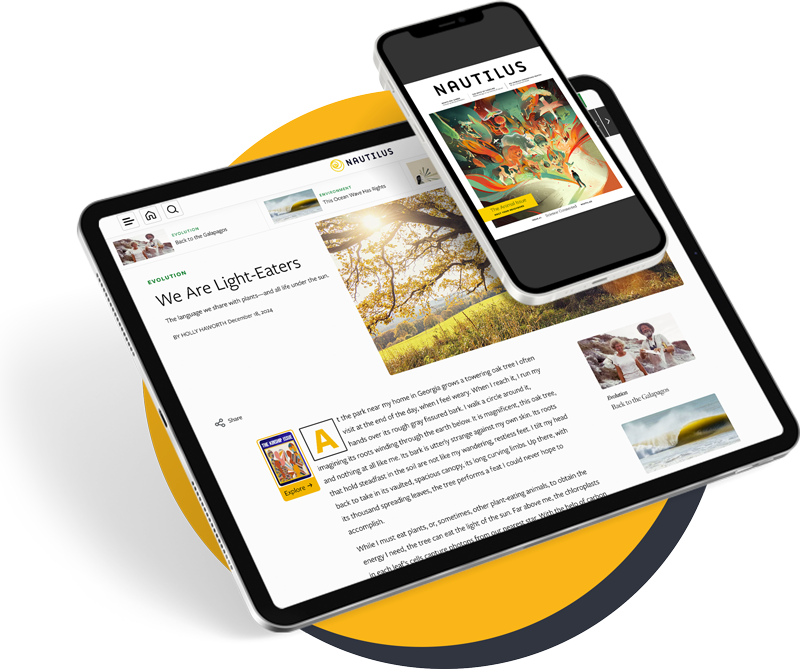Today in 1971, David Scott and James Irwin went for a drive—but this was no joyride. Scott and Irwin, NASA astronauts on the Apollo 15 moon mission, became the first people to burn rubber on the moon’s surface. The battery-powered Lunar Roving Vehicle, or “moon buggy,” could travel up to a cool 12 miles per hour, and took astronauts on longer journeys than previously possible during brief, cumbrous walks in their bulky suits.
The buggy weighed a mere 77 pounds on the moon and could whisk around two astronauts, along with their cameras, gear, and hundreds of pounds of samples. It was quite agile, too, handling slopes of about 25 degrees, the same grade as the average blue run on a ski mountain. During the Apollo 15 mission, Scott and Irwin gathered 170 pounds of moon material over their 17-mile lunar road trip.

But first, it took lots of testing to create a vehicle fit for extraterrestrial ground travel. The moon buggy was envisioned by the Marshall Space Flight Center and built by the Boeing Company. Boeing had to ensure the vehicle could endure heat up to 250 degrees Fahrenheit, as well as extreme sub-zero temperatures. So the company employed its spacious thermal vacuum chamber, where liquid nitrogen cooled the walls to -320 degrees. And thanks to some intense xenon arc lamps, the rover handled the heat. The buggy was also packed into a test lunar module and dropped, simulating a bumpy landing.
After the Apollo 15 mission, NASA opted for long-term parking. Today, the rover still sits on the near side of the moon—with a bible on the dashboard, left by Irwin. ![]()
Lead image: NASA
































